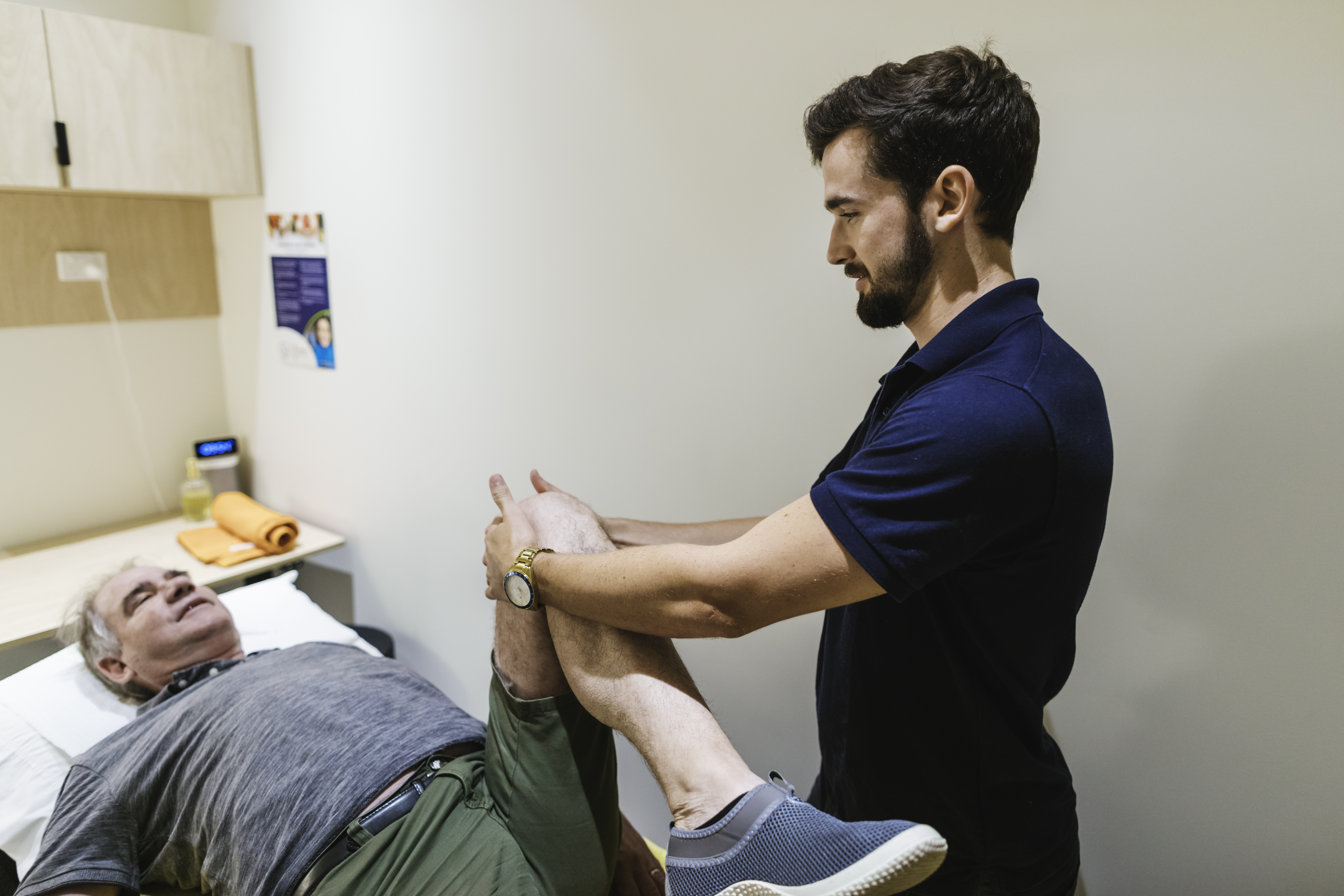
Knee pain is a common complaint of many individuals. From posing a minor convenience to totally inhibiting physical activity, the problem can affect a person’s quality of life in many different ways.
If you have frequent knee pain, it’s important that you get the right treatment. However, your doctor and physical therapist are not the only people responsible for your recovery. It’s your knee, after all, so you have to know how to properly manage the condition.
Here are a few dos and don’ts to help you out:
The Dos
- Exercise: There’s no need to do high-impact exercises when you have knee pain, but it’s essential that you get your body moving. You can do cardiovascular exercises because they can strengthen the muscles that support the knee and increase flexibility. You can also explore weight training and stretching.
- Use RICE: RICE stands for Rest, Ice, Compression, and Elevation. These things are good for knee pain, especially when it’s due to minor issues. Rest your knees, apply ice to reduce swelling, wear a compressive bandage, and keep it elevated.
- Consider acupuncture: Acupuncture is traditional Chinese medicine in which tiny, fine needles are inserted at specific points of the body. It can help relieve knee pain and other types of discomfort.
- Get expert advice: When you start to feel knee pain, consult a doctor and have it checked out. It’s always best to know what you’re dealing with so you can receive the appropriate treatments and prevent any more damage.
The Don’ts
- Rest too much: It’s natural to rest when you have knee pain, but don’t go overboard. Too much rest can weaken the muscles, which may lead to the condition becoming worse. Instead, set time to get your body moving by exercising. Make sure to do exercises that are safe for your knees and stick to them while you’re recovering.
- Risk a fall: If you think there is a chance that you could fall into something when you sit, stand, or whatnot, don’t risk it. A painful knee is unstable, which means that falls are likely. If you fall, you might cause more damage to your knee, so don’t climb up that ladder or stand too close to that ledge.
- Overlook your weight: One of the reasons some people get knee pain is because they are overweight. Check your weight; if you have already gone over the ideal weight for your height and age, then it’s time to work on shedding some pounds.
- Wear the wrong shoes: Some shoes look good, but they’re really not the most comfortable. When you’re tempted to wear a pair of shoes that you know is uncomfortable, skip it. You can always wear them when you don’t have knee pain anymore.
- Stress your joints: Make sure to avoid high-impact exercises. As mentioned, stick to exercises that are safe for your knees. You can ask your therapist or your doctor for recommendations.
Conclusion
These are the things that you should and should not do when you are suffering from knee pain. Knee pain restricts your mobility, and it can have you lying on the bed for a full day or more. The good news is that if you get an expert’s advice, follow the prescribed treatment, and know the dos and don’ts, you will get to recover more quickly.
Let us help you with your knee pain. Anytime Physio offers reputable Physiotherapy in Brisbane. Contact us today to book an appointment.

